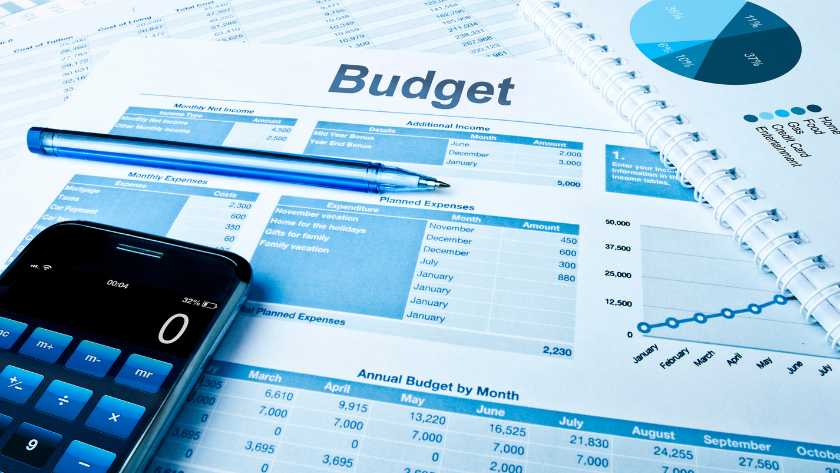There are a lot of strategies for budgeting, but one useful tool I have found that helps make budgeting easier the longer you do it is sinking funds.
A sinking fund is simply a sum of money we periodically contribute to for an expense that is inevitably coming. A sinking fund is NOT your emergency fund. You should have a separate emergency fund for emergencies.
Not all months are equal, and we spend more money in some than others. Depending on how you are paid, you may also make more money in some months than others. Using sinking funds helps us take the dollars we make in the month we make more or spend less and allocate them to when they will be needed.
Sinking funds are a great tool to shield us from life’s planned and unplanned expenses. Cars break down, Christmas is in December, and houses need maintenance. These are all things we know are coming, yet we forget to plan for them.
A sinking fund is like any other category in our budget. The only difference is that at the end of the month, when we are reconciling our budget, we leave the dollars in those categories instead of zeroing out the balance.
Let’s take the example of an “Auto Maintenance” sinking fund. This is a real category in our budget. In my household, we have two vehicles, which means we have two vehicles to maintain and plan for unexpected breakdowns. Depending on how much your vehicles are driven and the age of the vehicles, it will depend greatly on how much you should be contributing to your “Auto Maintenance” category. The more miles you drive, the more regular maintenance you will have, i.e., oil changes, brake jobs, and tires. On top of just regular vehicle maintenance, cars do break down and parts prematurely wear out. Setting aside some money each month to build up for planned and unplanned “Auto Maintenance” will greatly reduce your stress when the time inevitably comes to take your car into the shop.
Likewise, if you own or are in charge of home maintenance where you live, then you would want to have another sinking fund category for “Home Maintenance”.
We can also use sinking funds for annual subscriptions or insurance policies. Let’s say your six-month insurance premium is $600. If you choose to pay it all at once, most insurance companies will give you a discount. After the first large initial payment, you can just budget $100 minus the discount each month, and at the end of the six months, you will have the money sitting there in your category to make your payment. Another example would be that most subscriptions have a one-month and a one-year price, with the one-year price being cheaper. If we just budget 1/12 of the annual subscription each month, then when the time comes for the subscription to be paid, the money will be sitting in the category, and you will have saved some money instead of paying for the service each month.
Another use for sinking funds is saving up for a big purchase or vacation. Another real example from our own budget is a “Vacation” category. We love traveling and exploring new places, so for us, our vacations are very important. We want to prioritize putting money away for vacations each month, so we have the money to spend when we are on vacation instead of having to put it all on a credit card with no way to pay it when we get home. This does not have to be for one big Hawaii trip where we spend it all at once, although we could do that too. We usually try to have one big trip each year along with a few smaller, long weekend trips.
Sinking funds are a great way to level out your inconsistent spending and income across all the months. There is no right or wrong way to do it, but it is important to budget not only your needs but also your wants in life. Having a budget shouldn’t be restrictive; it should be freeing.





